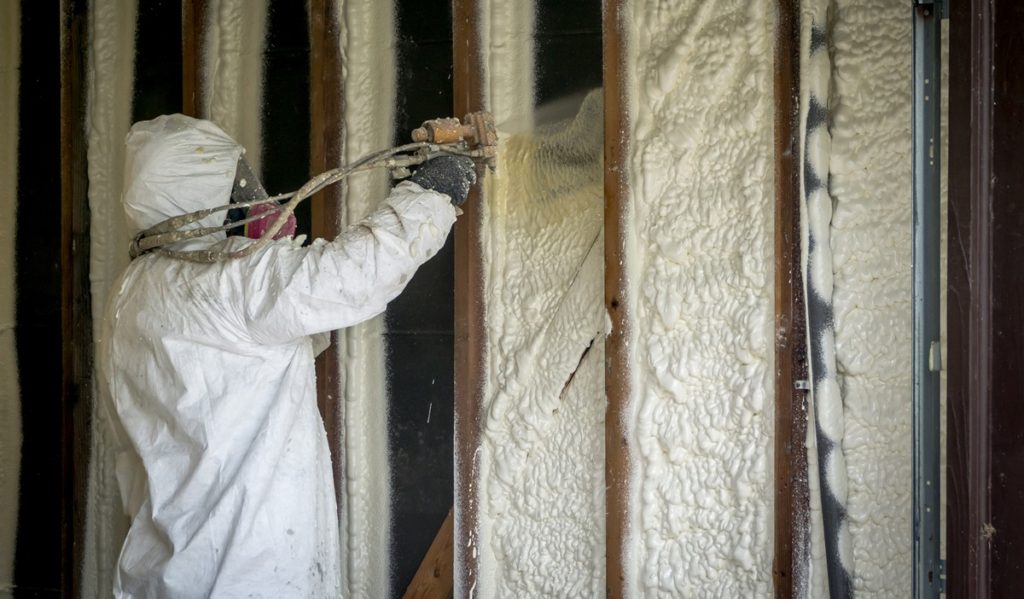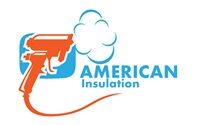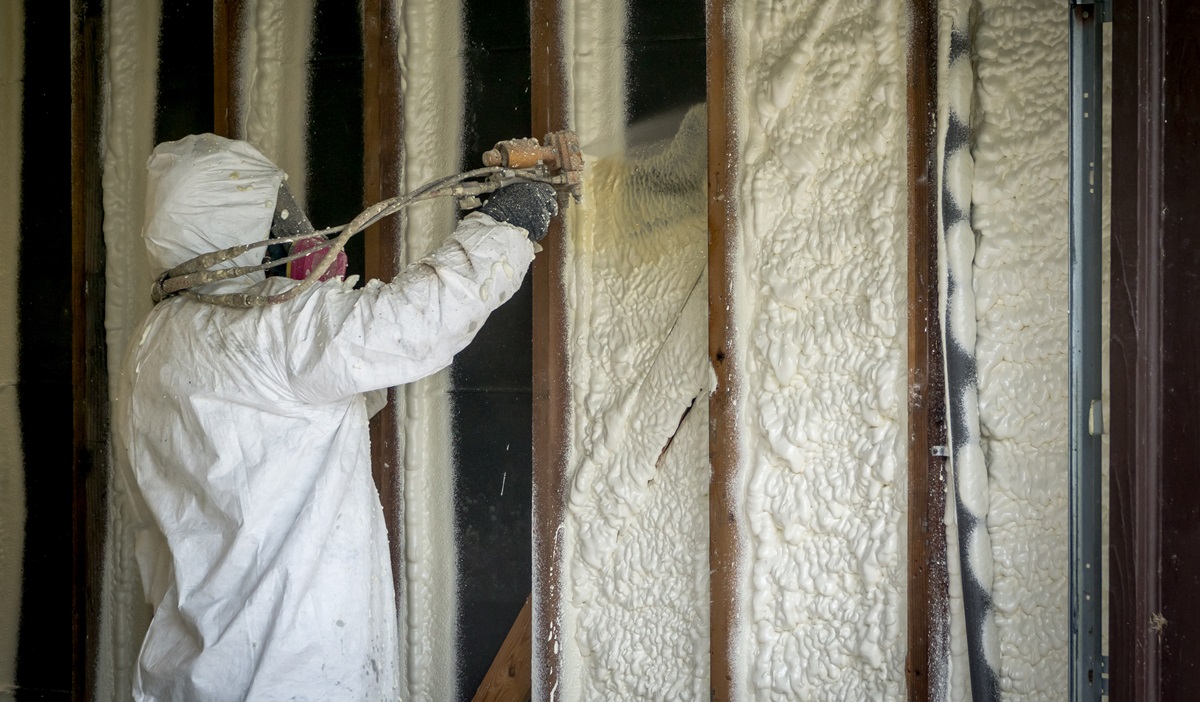Benefits of Spray Foam Insulation
Spray foam insulation offers a range of benefits that make it an excellent choice for both residential and commercial properties. One of the key advantages is its superior insulation capabilities. The foam forms a tight seal, preventing any air leakage and reducing energy loss. This can result in significant savings on heating and cooling costs throughout the year. Additionally, spray foam insulation is highly effective at reducing noise transmission, making it ideal for properties located in busy or noisy areas. Its ability to block out sound can create a quieter and more comfortable living or working environment.
Another advantage of spray foam insulation is its durability. Unlike other types of insulation, spray foam does not settle or sag over time. It maintains its integrity and effectiveness, providing long-term insulation benefits. This can be particularly beneficial for properties in areas with extreme weather conditions, as spray foam insulation is not affected by changes in temperature or moisture levels. Moreover, the foam is resistant to mold and moisture, helping to improve indoor air quality and reducing the risk of respiratory issues. Overall, spray foam insulation offers a range of benefits that can enhance comfort, reduce energy consumption, and improve the overall quality of a property.
Different Types of Spray Foam Insulation
There are several different types of spray foam insulation available, each with its own unique qualities and benefits. One type is open-cell spray foam insulation, which is composed of tiny cells that are not completely closed. This type of insulation is less dense and has a lower R-value, making it more suitable for areas with less extreme climates. It is best used for interior applications, such as in walls and ceilings, where it can provide excellent soundproofing and thermal insulation.
On the other hand, closed-cell spray foam insulation consists of cells that are completely closed and packed tightly together. This type of insulation is denser and has a higher R-value, making it more effective at preventing heat transfer and improving energy efficiency. Closed-cell spray foam insulation is commonly used in exterior applications, such as in roofs, crawlspaces, and foundations, where it provides superior insulation, air sealing, and moisture resistant properties.

Understanding the differences between these two types of spray foam insulation is crucial in determining which one is the right choice for your insulation needs. The choice will depend on factors such as the climate in your area, the specific application, and your budget. It is recommended to consult with a professional insulation contractor who can assess your needs and provide guidance on the best type of spray foam insulation for your project.
Understanding the Installation Process
Spray foam insulation is an effective solution for improving home insulation and reducing energy costs. Understanding the installation process is essential in ensuring its proper and efficient application. The process typically involves several steps, starting with the preparation of the area to be insulated.
Firstly, it is crucial to ensure that the area is clean, dry, and free from dust or debris. This will help the spray foam adhere properly and form a strong, seamless barrier against air and moisture infiltration. To achieve this, the installation team will thoroughly clean the surface and repair any cracks or gaps that might hinder the insulation. They may also apply a primer to enhance adhesion and maximize the insulation’s effectiveness.
Once the area is properly prepared, the spray foam insulation can then be applied. This is typically done using specialized equipment that sprays the foam mixture onto the surface. The foam expands and hardens quickly, forming a tight seal that fills gaps and crevices, ensuring a complete coverage. The installation team will carefully apply the foam in even layers to achieve the desired thickness and ensure uniform insulation throughout the area.
Understanding the installation process is fundamental in ensuring that spray foam insulation is applied correctly and provides maximum benefits. Following the proper procedures and utilizing the right equipment and materials will result in a well-sealed and energy-efficient home. It is advisable to consult with professionals who have expertise in spray foam insulation installation to ensure a successful and long-lasting insulation solution.
Preparing the Area for Installation
Before the spray foam insulation can be installed, it is essential to prepare the area properly. This involves clearing out any debris, dust, or obstructions that could potentially hinder the installation process. The area should be clean and free from any moisture or standing water.
In addition to clearing the area, it is important to ensure that all electrical outlets and switches are properly covered and protected. This helps to prevent any accidental contact with the spray foam insulation during installation, which could lead to potential safety hazards. Taking these precautionary measures not only ensures a successful installation but also enhances the overall safety of the insulation process.
Safety Precautions during Installation
When it comes to installing spray foam insulation, safety should be a top priority. The installation process involves working with chemicals and equipment that can pose risks if not handled properly. To ensure a safe installation, there are a few key precautions that should be followed.
First and foremost, it is essential to wear the appropriate protective gear. This includes gloves, goggles, and a respirator. Since spray foam insulation releases fumes during application, a respirator is crucial to protect against inhalation of potentially harmful substances. Additionally, gloves and goggles will protect your skin and eyes from any accidental contact with the chemicals. It is important to note that each type of spray foam insulation may have specific safety requirements, so be sure to read the manufacturer’s guidelines and follow them accordingly.

